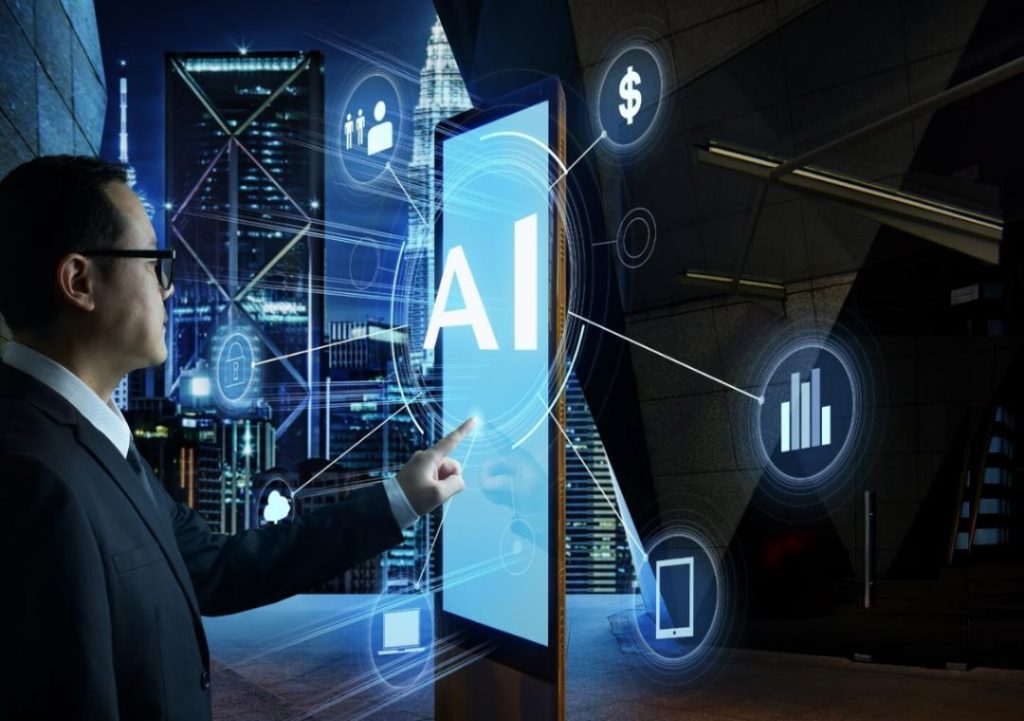
AI & ML now power over 77% of business processes
In today’s digital-first world, businesses are constantly seeking ways to improve productivity, reduce costs, and enhance the user experience. To achieve these goals, many organizations are turning to Artificial Intelligence (AI) and Machine Learning (ML), two technologies that were once considered the realm of science fiction. However, AI and ML are no longer futuristic concepts – they’re operational essentials.
According to a recent report, over 77% of enterprises are now using AI and ML to drive business outcomes. This shift is not optional; it’s fundamental to staying competitive in a rapidly changing market. In this blog post, we’ll explore the importance of AI and ML, and how they’re being used to transform business processes across various industries.
What is AI and ML?
Before we dive into the benefits of AI and ML, let’s quickly define what they are.
Artificial Intelligence (AI) refers to the development of computer systems that can perform tasks that typically require human intelligence, such as learning, problem-solving, and decision-making. AI is a broad field that encompasses various subfields, including machine learning, natural language processing, and computer vision.
Machine Learning (ML) is a subset of AI that enables machines to learn from data without being explicitly programmed. ML algorithms analyze patterns and relationships in data to make predictions, classify objects, and optimize processes.
How is AI and ML important?
So, why are AI and ML so crucial to businesses today?
- Improved productivity: AI and ML can automate repetitive and mundane tasks, freeing up human resources to focus on higher-value activities. For example, AI-powered chatbots can handle customer inquiries, reducing the need for human customer support agents to engage with customers.
- Enhanced decision-making: AI and ML can analyze large datasets to identify patterns and make predictions, enabling businesses to make data-driven decisions. For instance, AI-powered predictive analytics can help businesses forecast demand, optimize supply chain management, and reduce inventory costs.
- Personalized user experiences: AI and ML can analyze customer behavior and preferences to deliver personalized experiences. For example, AI-powered recommendation engines can suggest products or services based on a customer’s browsing history and purchase behavior.
- Real-time fraud detection: AI and ML can detect fraud and anomalies in real-time, enabling businesses to respond quickly to potential threats. For instance, AI-powered fraud detection systems can analyze transaction data to identify suspicious activity and flag potential fraudulent transactions.
- Cost reduction: AI and ML can help businesses reduce costs by automating processes, optimizing resource allocation, and improving operational efficiency. For example, AI-powered energy management systems can optimize energy consumption, reducing energy costs and environmental impact.
Examples of AI and ML in action
- Automated customer support: AI-powered chatbots are being used by businesses to handle customer inquiries, reducing the need for human customer support agents to engage with customers.
- Predictive maintenance: AI-powered predictive maintenance systems are being used to analyze equipment performance data and predict when maintenance is required, reducing downtime and improving overall equipment efficiency.
- Real-time fraud detection: AI-powered fraud detection systems are being used by financial institutions to detect fraud and anomalies in real-time, reducing the risk of financial loss and improving customer trust.
- Personalized marketing: AI-powered marketing systems are being used to analyze customer behavior and preferences, enabling businesses to deliver personalized marketing campaigns that resonate with their target audience.
The future of AI and ML in business
As AI and ML continue to evolve, we can expect to see even more innovative applications across various industries. Some of the trends we’re likely to see in the future include:
- Increased adoption of Explainable AI (XAI): As AI becomes more widespread, there will be a growing need for explainable AI that can provide transparency into the decision-making process.
- More advanced natural language processing: AI-powered chatbots and virtual assistants will continue to improve, enabling more natural and human-like conversations with customers.
- Wider adoption of edge AI: As the Internet of Things (IoT) continues to grow, we’ll see more edge AI applications that enable devices to process data in real-time, reducing the need for data to be sent to the cloud or a central server.
- Increased focus on AI ethics: As AI becomes more pervasive, there will be a growing need for businesses to prioritize AI ethics, ensuring that AI systems are fair, transparent, and accountable.
Conclusion
In conclusion, AI and ML are no longer futuristic concepts – they’re operational essentials. As businesses continue to adopt AI and ML, we can expect to see even more innovative applications across various industries. From automating customer support to real-time fraud detection, AI and ML are transforming business processes and enabling organizations to improve productivity, reduce costs, and personalize user experiences.
Source:
Growth Jockey. (n.d.). What is AI and ML? How is it important? Retrieved from https://www.growthjockey.com/blogs/what-is-ai-and-ml-how-is-it-important
Note: The source link is included at the bottom of the blog post.






